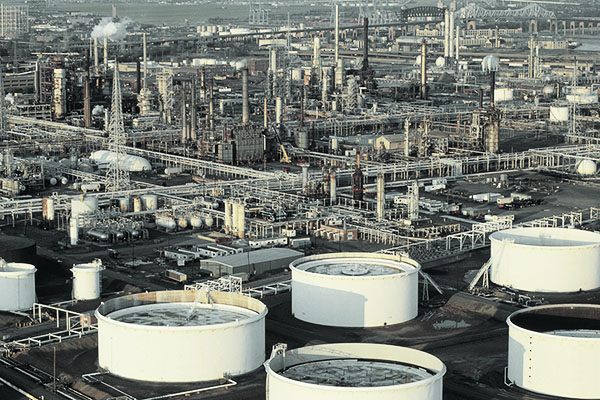The majority of toxic pollution in the United States could potentially be eliminated by requiring a small number of extreme polluters to release pollutants at levels in line with those of comparable industrial facilities, according to a recent study reported in the journal Environmental Research Letters (May 2020). In the United States, industrial facilities that release toxic chemicals into the air and water and onto land must report those releases to the Environmental Protection Agency (EPA). In the study, researchers extracted data from the EPA’s Toxics Release Inventory (TRI)—a database that tracks the management of certain toxic chemicals that may pose a threat to human health and the environment—to study 25,000 manufacturing facilities in 322 industries over a 15-year period from 1998 to 2012. See also: Air pollution; Environmental toxicology; Toxicology; Water pollution

Of the facilities studied, 1116 (4.4 percent) were considered egregious polluters; that is, these facilities accounted for 50 percent or more of their industry’s total toxic pollutant release. In 81 industries, 10 percent or fewer of the facilities generated 90 percent of the hazardous pollutants. And for 210 industries, 20 percent or fewer facilities generated 90 percent of the hazardous pollutants. Among the worst offenders were basic inorganic chemical manufacturing in which one percent of the facilities accounted for 90 percent of the industry’s toxic pollutants, and plastics product manufacturing in which two percent of the facilities accounted for 90 percent of the industry’s toxic pollutants. See also: Chemical process industry; Hazardous waste
The significance of this study is that focusing on the disproportionality of toxic emissions among facilities in an industry could provide a basis for reducing environmental pollution. Because the environmental impact of the worst offenders is so drastically underestimated, the average environmental impact may be overestimated for a majority of manufacturers. In terms of policy, focusing on egregious polluters might significantly reduce overall pollution. In addition, concentrating on egregious polluters would be a more efficient means of deploying limited enforcement resources. Furthermore, because it is well-established that polluting industries are often located in low-income and minority communities, targeting egregious polluters could in turn offer major public health benefits for those communities. See also: Environmental engineering; Environmental management; Public health





